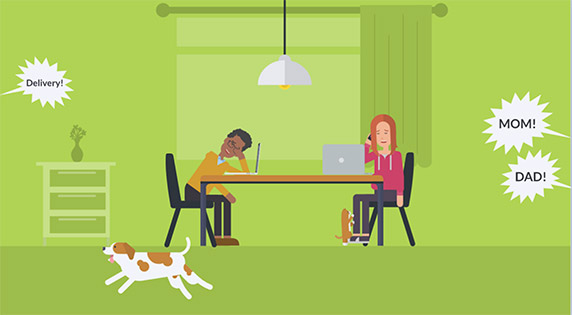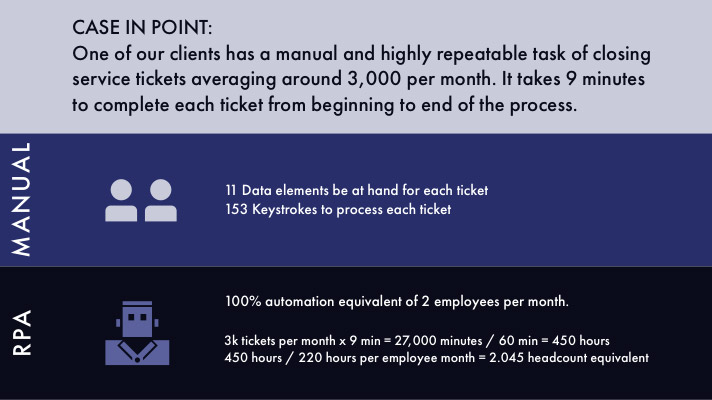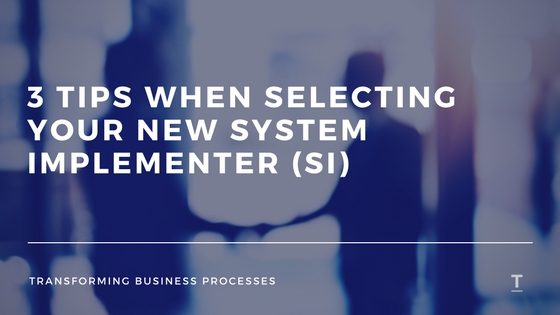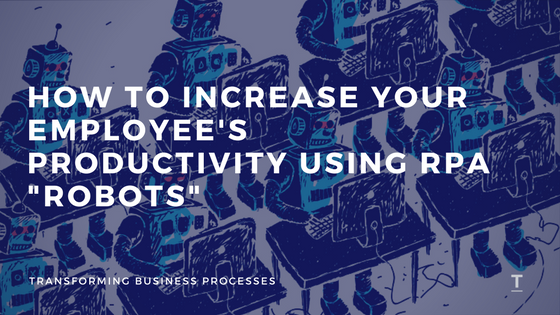
Many organizations have broadened cost-reductions as a growing majority continues to feel the impact of COVID-19 (coronavirus) on their business – revenue loss being the biggest for most. These cost-reduction initiatives include lay-offs and furloughing employees. Despite the staff reductions, coronavirus has forced millions to ‘Work-From-Home (WFH) as part of the shelter-in-place measures.
How do employees keep up with the mission-critical workload that keeps coming in?
The transition from office to remote working is firmly in place. But not without its fair share of challenges. You can expect an inevitable dip in employee’s performance and availability as they adapt to the new norm. My personal experience is, when you work where you live, and live where you work, setting a work/life balance and boundaries become an art. From our conversations with clients, you might be surprised to hear that many struggles with staying accountable for their work due to home distractions.
When you combine the dip in employees’ performance, availability and staff reductions with the inefficient processes that existed before COVID-19. Specifically, those routine, manual, and highly repetitive tasks that continually drove down productivity before coronavirus crisis. These inefficiencies can be addressed with automation using Robotic Process Automation (RPA). RPA presents a huge opportunity to transform those inefficient processes.
Value of Robotic Process Automation
Robotic Process Automation (RPA) is a business process automation technology that allows anyone to build a bot quickly. A bot can emulate human actions as they interact with digital systems to perform specific tasks or functions. RPA-powered applications improve and accelerate business processes and drive operational efficiencies.
A software bot can open email and download attachments, log in to web and enterprise application, copy and paste, scrape data, make calculations to extracting and interpret data from documents. You get the idea.
Augment Existing Workforce with BOTS
With attended automation, software bots can work alongside humans to share the workload in real-time. Humans collaborating with bots can get more done, faster, and with fewer errors. Let the bots do the dull, tedious tasks so your employees can focus on activities that improve productivity.
Below are some examples of possible automation worth considering during this period:
| PROCESS AREA | PROCESS AUTOMATION |
| Customer Service / Call Centers | To handle high volumes of voucher refund requests, cancelations, and extend bookings. E.g., Airlines, Hotels, Conferences, Concerts |
| Finance & Accounting | Billing processing AP invoice processing 3-way matching Credit Checking |
| Supply Chain | Refund and Returns processing Order Processing External Portal Updates |
| Human Resources | Employee Onboarding Employee Offboarding Unemployment Verification |
| IT Services | VPN account provisioning Unlock Accounts Password Resets System Synchronization |
Conclusion
Companies must do more with less during and beyond this crisis. Software bots can work alongside humans to share the workload in real-time. Humans collaborating with robots can get more done, faster, and with fewer errors. Bots can do the dull, tedious tasks so employees can focus on activities that improve productivity and adds value to your organization. Increased use of software bots will not replace humans. People will simply do different tasks.


